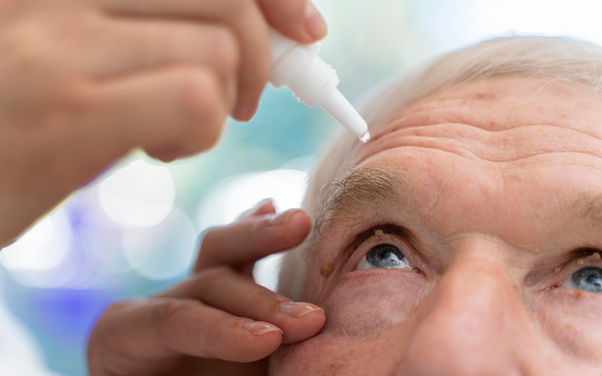
How Pre-Existing Eye Conditions Affect Blurry Vision After Cataract Surgery
Cataract surgery is widely performed to restore vision clarity, but the outcome can vary significantly depending on the patient’s pre-existing eye health. While the procedure replaces a cloudy lens with an artificial one, underlying ocular conditions may continue to affect visual clarity. Understanding how these conditions influence post-surgical outcomes is essential for both patient expectations and clinical planning.
Impact of Macular Degeneration on Post-Surgery Vision
Age-related macular degeneration (AMD) affects the central retina, which is responsible for detailed vision. Even after successful cataract surgery, patients with AMD may experience persistent blurry vision, particularly for tasks requiring central focus, such as reading or recognising faces. The surgery does not reverse retinal damage, and in advanced cases, the visual improvement can be minimal. Lens replacement in early AMD may enhance contrast sensitivity and brightness, but residual distortion or blurriness remains due to retinal cell loss. Pre-operative retinal scans are crucial to determine realistic post-surgery outcomes.
Influence of Glaucoma on Visual Clarity
Glaucoma causes progressive damage to the optic nerve, leading to peripheral vision loss. Patients with advanced glaucoma often have reduced optic nerve function, meaning that even if the cataract is removed, the nerve’s limited capacity can result in ongoing blurry vision. The field of vision may remain constricted, and contrast sensitivity can be diminished. Clearer vision is achievable in cases where glaucoma has been well-controlled and optic nerve damage is mild, but the improvement is still limited by existing nerve health. This instance highlights the need for integrated management between glaucoma control and cataract treatment.
Diabetic Retinopathy and Post-Surgical Complications
Diabetic retinopathy involves damage to the retina’s blood vessels, causing swelling, leakage, or abnormal growth. Cataract removal can improve lens-related cloudiness, but if diabetic retinal changes are significant, the patient may still report blurry vision. In fact, post-operative inflammation may temporarily worsen macular oedema in these patients. Careful pre-operative control of blood sugar levels and management of retinal swelling through laser therapy or injections can help optimise outcomes. The visual benefit of surgery may be undermined by ongoing retinal distortion without this preparatory care.
Corneal Irregularities and Their Effect on Vision Sharpness
The cornea’s clarity and curvature play a direct role in how light focuses on the retina. Conditions such as keratoconus, corneal scarring, or irregular astigmatism can continue to blur vision after cataract surgery because the new intraocular lens cannot compensate for corneal surface defects. Additional corrective measures, such as rigid contact lenses or corneal cross-linking, may be necessary after the operation to achieve functional clarity. Surgeons often perform corneal topography before surgery to anticipate these limitations and plan a suitable lens type.
Ocular Surface Disease and Post-Surgery Visual Fluctuations
Dry eye disease and other ocular surface disorders can cause fluctuating blurry vision after cataract removal. While these conditions may seem minor compared to retinal or optic nerve diseases, they significantly impact visual quality. Tear film instability scatters light entering the eye, reducing the sharpness of the image projected onto the retina. Aggressive pre- and post-operative management of the ocular surface, through lubricants, anti-inflammatory drops, or punctal plugs, can enhance the stability of post-surgery vision.
Setting Realistic Expectations Through Pre-Operative Assessment
Comprehensive pre-surgical evaluations are essential to determine how much vision improvement can be expected. Optical coherence tomography (OCT), corneal mapping, and thorough retinal examinations help identify conditions that may limit the benefits of surgery. It allows for tailored patient counselling, where the focus shifts from expecting perfect vision to achieving the best possible improvement given the eye’s baseline health. Additional treatments in many cases may be recommended alongside or after cataract removal to maximise functional vision.
Conclusion
Pre-existing eye conditions such as macular degeneration, glaucoma, diabetic retinopathy, corneal irregularities, and ocular surface disease can influence the degree of blurry vision experienced after cataract surgery. While removing the cataract addresses lens opacity, it does not reverse other structural or functional eye damage. Effective patient education, detailed pre-operative diagnostics, and integrated treatment strategies are key to achieving the most stable and clear vision possible after surgery.
Visit the National University Hospital (NUH) and let us help you ensure your treatment plan addresses both the cataract and any underlying conditions.